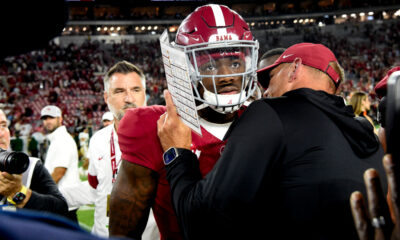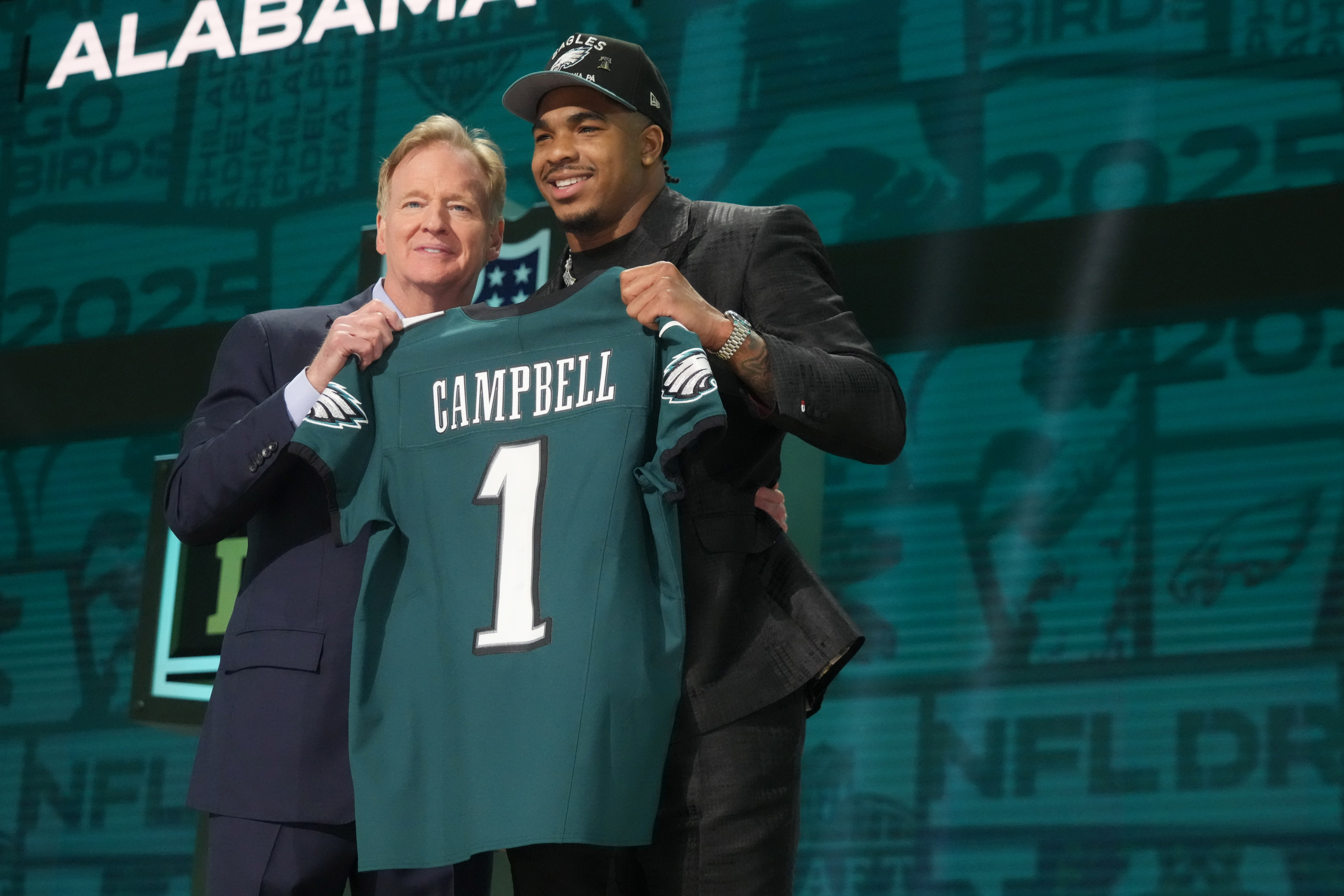Evaluating high school football players is an inexact science. Large scouting services have the advantage of being able to see the prospect play in person. What about casual fans? How does a casual fan get to see that player? More importantly, can the casual fan evaluate them effectively? It is possible, and TDBama will show you how.
Casual fans are limited to videos unless they’re lucky enough to live close to a prospect. In order to lower the probability of fans being able to see a player first hand, I will choose to look at David Cornwell, a 2014 quarterback out of Norman, Oklahoma that is currently committed to the Crimson Tide. While Alabama does have a nationwide fan base, its unlikely the majority of those fans can go to Norman just to see the young man throw.
The first step is find videos of the player. YouTube is littered with all manner of videos, and a quick search shows multiple different videos to choose from. I’d look for more recent highlights, though it would be a good idea to look at anything from a players sophomore, or junior seasons that have made it onto the web. Casual fans that choose to pay for services such as Rivals, Scout, or ESPN Insider will also have access to those additional videos. The method will work on any of those so feel free to choose a solid cross-section as has been described.
For the purpose of the demonstration, I’ll limit myself to YouTube and choose an ESPN sponsored video from the Dallas Elite 11 from roughly three months ago and video of Cornwell’s junior highlights posted four months ago by Prep1Force, a website that is a repository for high school athletics videos. Again, if you, the fan, have an affinity for videos from other services, they can be used as well.
Now you’ve chosen the videos from the pool of available ones, and the more you have the better, start watching. Personally, I watch each video at least twice before I even consider beginning to write an evaluation of a prospect. What to look for depends on the position, but in terms of quarterback you generally want to look at throwing motion, velocity of a throw, and a quarterback’s head and feet movements. Building out those things from play to play allows conclusions to be drawn.
The first video to discuss is the one posted by Prep1Force. Within the first thirty seconds, Cornwell’s arm strength jumped out. The first pass was a thirty yard flick between two defenders. It was the fourth and fifth passes, beginning at the thirty-two second mark, which solidified the young man’s arm strength. On a pair of roll outs, Cornwell threw the ball in excess of forty yards. He could not set his feet, he simply had to launch the ball. Admittedly, the remainder of the video continued to show off Cornwell’s power. Several of the most spectacular such throws were deeper balls into the sideline which were NFL caliber, such as the forty yard pass at the 1:28 mark of the video. The sample size is too small to say that the arm is a howitzer, but I decided to shift my focus away from his arm strength toward touch passes after one viewing.
First off, what is a “touch pass”? It is a pass that requires more finesse than power. Arcing a ball over a defender is one hallmark of a touch pass. The pass Cornwell completed at the 3:05 mark is the best example of touch in the video. The number of touch passes was relatively low compared to the hard bullets, or deep bombs, which leads to the question of why. It’s a dangerous, but logical, assumption to say that Cornwell isn’t as strong on touch passes. A high school quarterback with such a big arm having trouble with touch is fairly common.
What made the first video so good was that it was real game footage. One knock on the video, though, is that those games were played, at best, seven months ago. Many things can change in that timeframe and that is why the ESPN video from the Dallas Elite 11 camp is also valuable. It gives a window into any sort of development a player has had since the close of the season. The video itself is an amalgamation of position drills throughout the event. My first view was focused on only one thing: trying to answer the touch pass question. Frankly, it did not help. There was only one pass where Cornwell had to throw over an obstacle, otherwise there were no “defenders”, whether dummies or defensive backs, in the highlight video. The single completion shown was a pretty pass, but again the sample size is too small to truly put the question to bed.
Since the ESPN video could not answer the touch pass question, what can it help with? It can help with evaluating mechanics. Another knock on the junior highlights video is that it is taken from far away. Sure, the entire field can be seen, but the whole field doesn’t necessarily matter when trying to evaluate a single player. Remember the aforementioned things to look for in a quarterback prospect? Here’s an excellent up-close look at throwing motion, velocity, and head/foot movement.
A good throwing motion is quick. There isn’t a long windup. The ball is there in the player’s hand, and then the ball is out. One of the main knocks on Tim Tebow coming out of Florida is that it took only slightly less than forever for him to throw the ball. Long throwing motions create time for defenders to react on a play which can lead to incomplete passes, or worse, interceptions. Cornwell’s throwing motion is good. The ball never drops low during his windup, and his release point isn’t problematic. A big arm means that when he throws, the ball leaves in a hurry. One knock from his junior highlights is the throwing motion on his roll outs. Cornwell appeared to sidearm the ball in some cases. The ESPN video showed an improvement in this area.
Velocity is always good, but the video did show some little accuracy hiccups. In one particular case, Cornwell threw behind the receiver on a crossing pattern which is one of the worst places to miss when throwing to the middle of the field. The miss can be found at the 1:08 mark of the ESPN video.
Feet movement is solidified by the ESPN video. Cornwell stepped into everything during 3, 5, and 7 step drops. Stepping into throws means extra velocity since a player’s entire body can give the ball force. When David Cornwell was forced out of the pocket, either on a broken play or on a roll out, he was able to reset his feet when there was time and deliver a strong pass. When he threw on the run, the feet didn’t get happy, it was a very natural movement from his lower body.
Head movement was not showcased by the ESPN video, but the Prep1Force video gave an evaluator a healthy dollop of content to peruse. During any roll out, or broken play, Cornwell consistently kept looking for an open receiver. He did not instantly tuck the ball and look to run. It led to several big plays since the play was kept alive. The ability of a quarterback to keep his head up when he’s in trouble, or out of the pocket, is one of the tougher things to teach, or change on any level. To show such advanced ability puts David Cornwell in excellent company.
There you have it. Not only is there a decent methodology for a casual fan to learn about evaluation, but also an evaluation based off that method. Is it foolproof? Nope, but evaluations aren’t perfect by definition. Just remember, look at a variety of videos, and soon enough, even the most casual of fans can rule the football watercooler at work.














